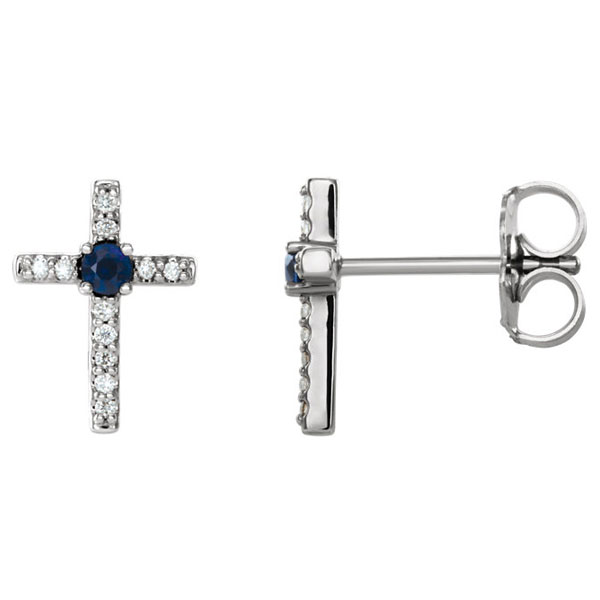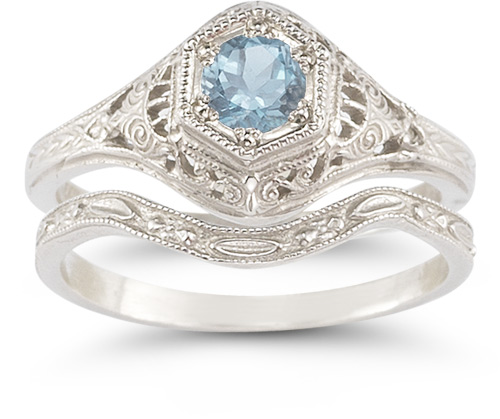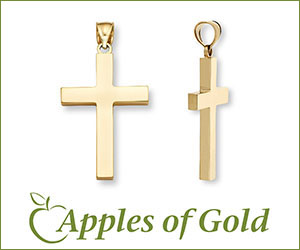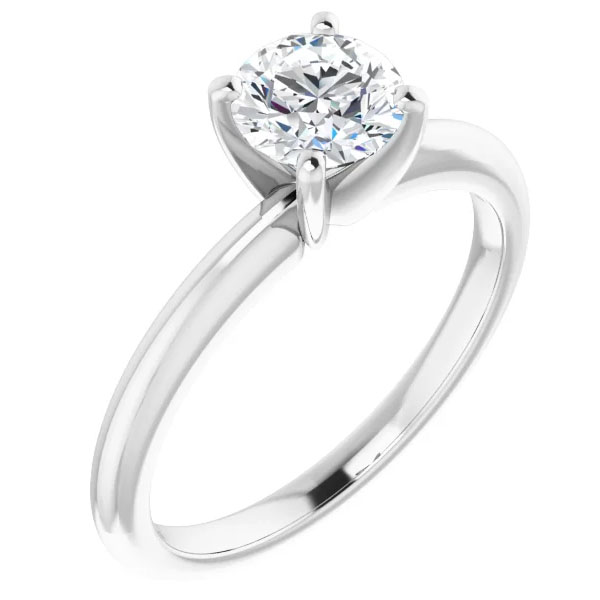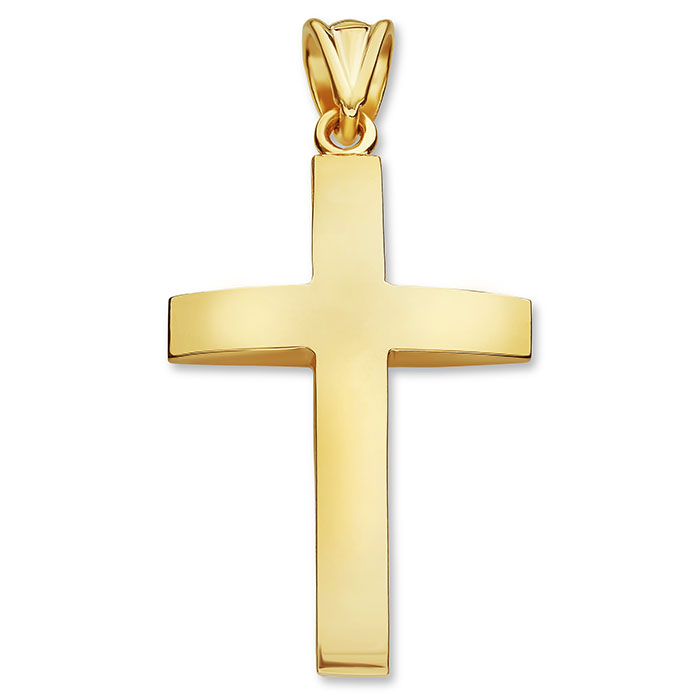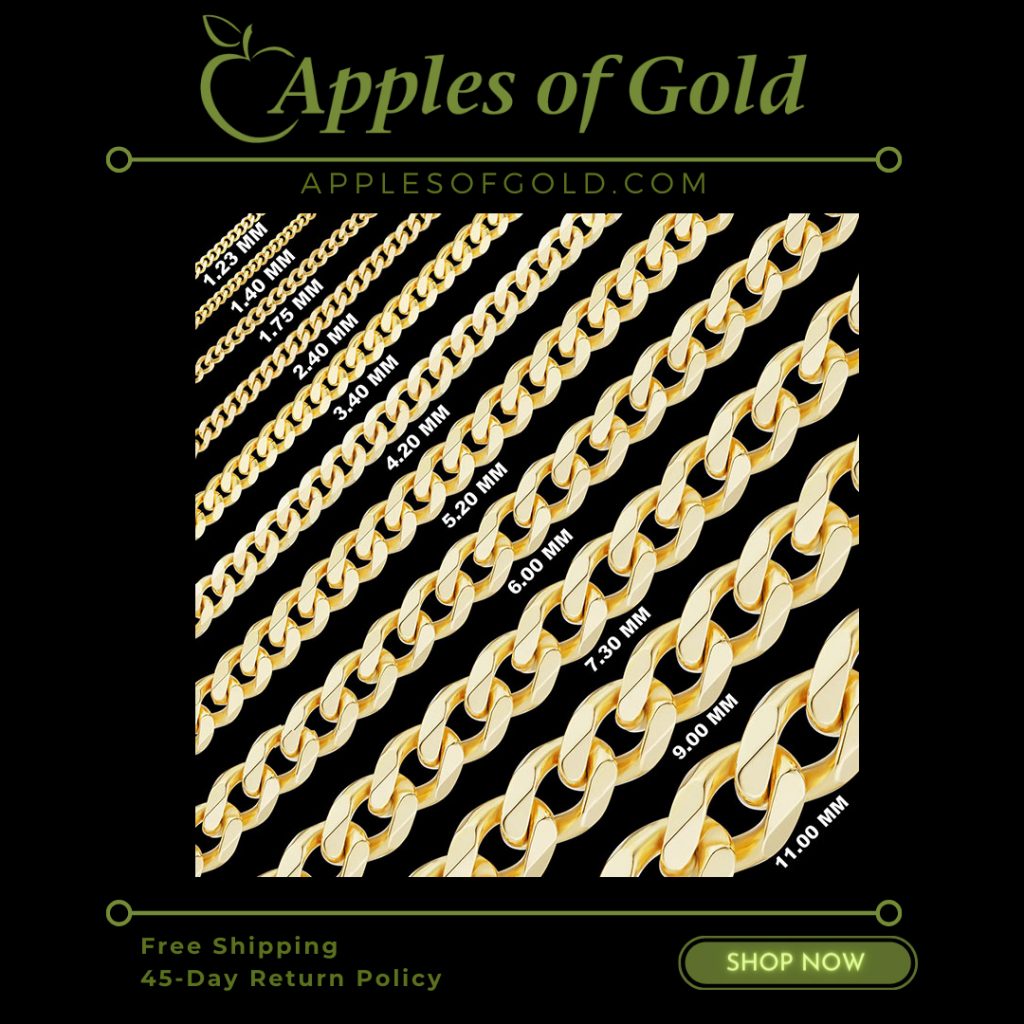What is the Mohs Scale?
The Mohs Scale is a qualitative hardness scale that ranges from 1 to 10, describing the ability of a harder mineral, such as a gemstone or diamond, to scratch other softer stones or minerals.
It can be very useful to know the hardness of your gemstone when considering purchasing jewelry, whether you are shopping for a precious gemstone such as a ruby, emerald or sapphire or a semi-precious gemstone such as a topaz, garnet or citrine.
Discovery of the Mohs Scale
German geologist and mineralogist Friedrich Mohs created the scale in 1822 in his Treatise on Mineralogy. He chose ten minerals with varying degrees of hardness, ranging from talc (a very soft mineral, which ranks 1 on the Mohs scale) to diamond (a hard mineral, which ranks 10). This scale is one of several hardness definitions in materials science, some of which are more quantitative. However, Theophrastus mentions the method of assessing hardness in his treatise On Stones, which dates back to 300 BC.
Gemstone Hardness Levels
Below are some of the common precious and semi-precious gemstones ranked by hardness, with diamond being at the top of the standard and acting as a benchmark (10), with precious gemstones like ruby and sapphire being next in line (9), followed by the emerald (7.5 – 8), and most semi-precious gemstones, like amethyst, garnet and peridot, scaling next (6.5-7).
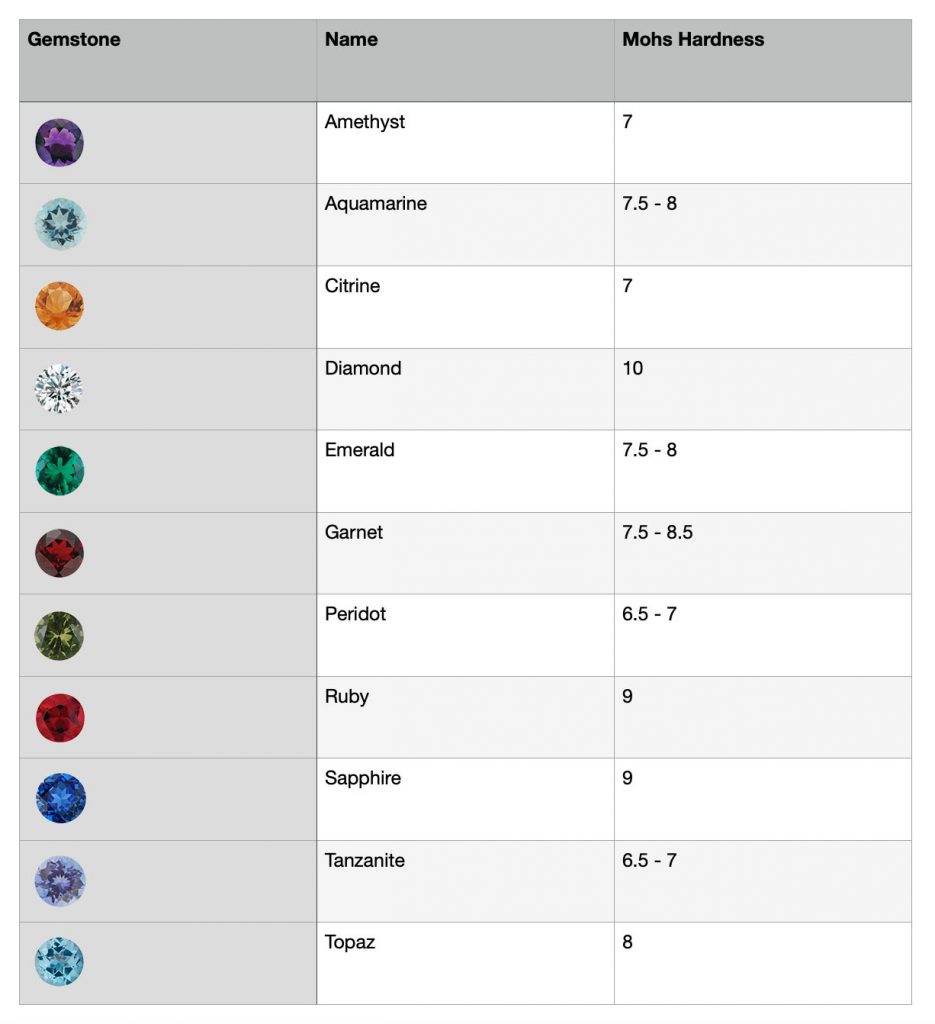
- Amethyst – 7
- Aquamarine – 7.5 – 8
- Citrine – 7
- Diamond – 10
- Emerald – 7.5 – 8
- Garnet – 6.5 – 7.5
- Peridot – 6.5 – 7
- Ruby – 9
- Sapphire – 9
- Tanzanite – 6.5 – 7
- Topaz – 8
Benefits of the Mohs Scale
The Mohs Hardness Scale is a helpful tool for identifying minerals. The hardness of a mineral is determined by scratching it against another substance of known hardness on the Mohs Hardness Scale.
Since you may test any natural mineral against other common minerals, this method is beneficial for detecting minerals in the field (fingernail, a penny, a nail). It is also beneficial in determining the hardness of a gemstone used in jewelry. For example, and emerald is a 7.5 – 8 on the Mohs scale vs. a diamond which is 10. Other gemstones, such as peridot is a 6.5 – 7, a topaz is an 8, rubies and sapphirs are a 9, and so on.
In milling, the Mohs hardness is proper. It enables the determination of which mill will reduce a particular product with a known hardness. Electronic manufacturers use the scale to measure the toughness of touch screens in consumer electronics and the durability of flat panel display components (such as cover glass for LCDs or encapsulation for OLEDs).
Comparisons of Mineral Hardness
The resistance of an object to being scratched is referred to as “hardness.” The test is performed by scoring an unmarked surface of another specimen with a sharp point from one example. When evaluating the hardness of two samples, you may encounter the following four scenarios:
1. Specimen A is tougher than Specimen B if Specimen A can scratch Specimen B.
2. If Specimen A does not scratch Specimen B, Specimen B is the harder of the two.
3. If the two specimens are of equivalent hardness, scratching each other will be relatively ineffectual. However, minor scratches may appear, or it may be difficult to tell if a scratch has occurred.
4. If Specimen A can be scratched by Specimen B but not by Specimen C, then Specimen A’s hardness is somewhere in the middle of Specimen B and Specimen C.
Mohs’ hardness is a scale that compares minerals’ relative hardness and scratch resistance. Other hardness gauges depends on the ability to indent the mineral being evaluated. The scratch hardness of a material is determined by the breaking of chemical bonds, the formation of microfractures on the surface, and the displacement of atoms.
Mohs Hardness of Common Minerals
The hardest mineral, diamond, is always at the top of the scale. Talc, gypsum, calcite, fluorite, apatite, feldspar, quartz, topaz, corundum, and diamond are the 10 minerals on the Mohs scale. The Mohs hardness value of a fingernail is from 2 to 2.5, Copper has a value of 3, Glass has 5.5, Knife blades have 5 to 6.5, and Quartz value is 7.
Whether you are planning to purchase a tanzanite, a garnet, or the hardest of all gems, the diamond, knowing the Mohs hardness level of your particular gemstone can be very beneficial in understanding the properties and characteristics of your gemstone and helps to determine more precisely the care, and maintenance of jewelry selection.




